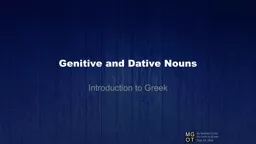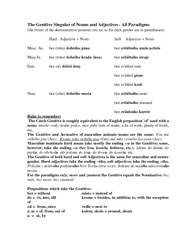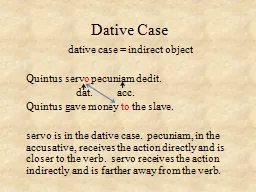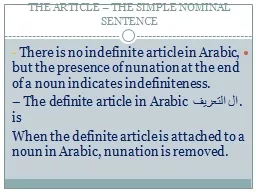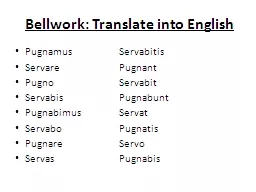PPT-Genitive and Dative Nouns
Author : tawny-fly | Published Date : 2017-12-13
Introduction to Greek By Stephen Curto For Intro to Greek Sept 18 2016 Outline Review Vocabulary Genitive Case Dative Case The Five Cases The Full Paradigm Noun
Presentation Embed Code
Download Presentation
Download Presentation The PPT/PDF document "Genitive and Dative Nouns" is the property of its rightful owner. Permission is granted to download and print the materials on this website for personal, non-commercial use only, and to display it on your personal computer provided you do not modify the materials and that you retain all copyright notices contained in the materials. By downloading content from our website, you accept the terms of this agreement.
Genitive and Dative Nouns: Transcript
Download Rules Of Document
"Genitive and Dative Nouns"The content belongs to its owner. You may download and print it for personal use, without modification, and keep all copyright notices. By downloading, you agree to these terms.
Related Documents

